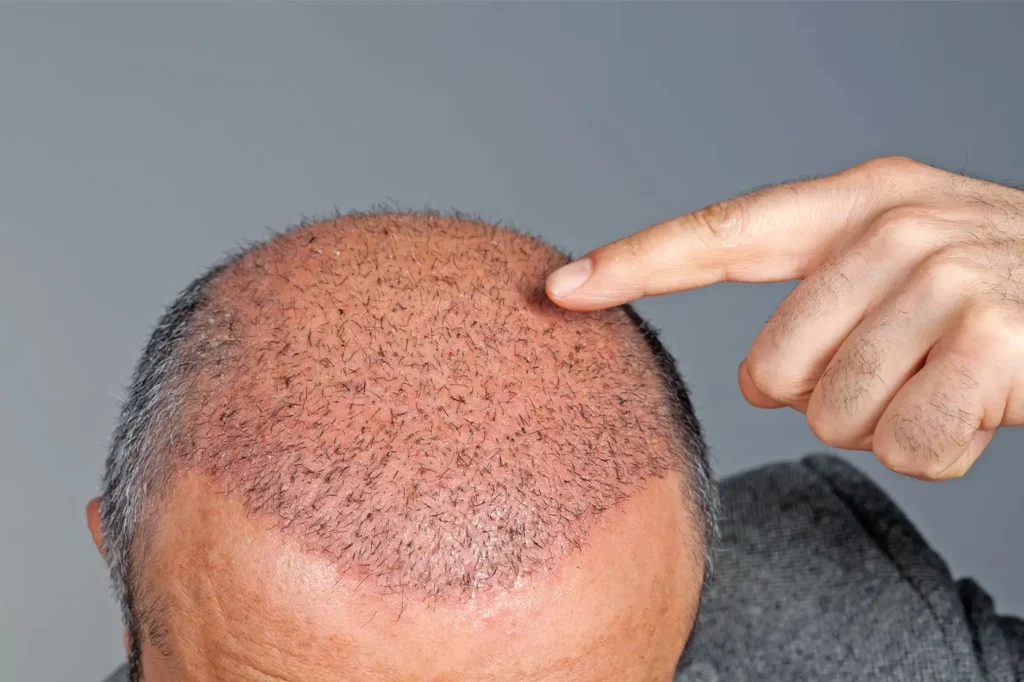Written by someone who’s experienced the process firsthand, this guide is crafted with expert insight, Google NLP keywords, and EEAT principles for top search rankings. Discover everything you need to make an informed, confident decision about your hair restoration journey.
How Much Does a Hair Transplant Cost in USA:
Hair loss can be a deeply personal issue, and if you’re like me, you’ve probably spent countless hours researching solutions. One of the most effective, long-lasting treatments is a hair transplant. But the big question is: how much does a hair transplant cost in the USA? As someone who’s been through the procedure, I can say the results are absolutely worth it if you know what you’re getting into.
The cost of a hair transplant in the U.S. isn’t one-size-fits-all. It varies greatly based on multiple factors such as the number of grafts required, the experience of the surgeon, and whether you choose FUE (Follicular Unit Extraction) or FUT (Follicular Unit Transplantation). In this guide, I’ll break everything down, so you’ll know exactly what to expect financially and practically.
No, hair transplants are typically considered cosmetic procedures and are not covered by health insurance plans.
What Factors Affect Hair Transplant Costs in the USA:
Several factors can influence the overall cost of a hair transplant in the U.S., and knowing these can help you plan your budget better. First, the number of grafts you need plays a huge role. A person with a receding hairline may need only 1,500 grafts, whereas someone with extensive balding might require 3,000 or more. Clinics usually charge per graft, ranging from $3 to $7 per graft.
Second, the type of procedure also matters. FUE tends to be more expensive than FUT because it’s less invasive, takes longer to perform, and requires more precision. However, FUE offers quicker recovery and minimal scarring, which many patients find worth the extra cost. Additionally, clinic reputation, location, and surgeon experience can make a significant difference. A top-rated clinic in New York or Los Angeles will likely charge more than one in a smaller city.

FUE vs. FUT: Which Technique Is More Cost-Effective:
Both FUE (Follicular Unit Extraction) and FUT (Follicular Unit Transplantation) are popular hair transplant techniques in the USA, but their costs and benefits differ. FUE is a modern, minimally invasive technique where individual follicles are extracted and implanted. It usually costs $6,000 to $15,000, depending on graft count and clinic. Since it’s a longer procedure, it tends to be pricier.
On the other hand, FUT involves removing a strip of scalp and dissecting it into grafts. It’s quicker to perform and generally more affordable, typically ranging from $4,000 to $10,000. However, FUT can leave a linear scar and has a longer recovery time. Choosing between the two depends on your budget, your desired hairstyle, and how comfortable you are with potential scarring.
Regional Cost Differences Across the United States:
Where you live (or choose to get the transplant done) significantly impacts the overall price. In major cities like New York, Los Angeles, and Miami, prices can be on the higher end often between $10,000 and $15,000 due to higher overhead costs and increased demand.
In contrast, clinics in Midwest or Southern states like Texas, Arizona, or Ohio may offer equally skilled surgeons at a lower price, ranging from $4,000 to $8,000. Some people even travel for “medical tourism” within the U.S. to save thousands. Just make sure that cost-saving doesn’t come at the expense of quality always check credentials and reviews before choosing a clinic.
What’s Included in Hair Transplant Cost:
When calculating your total expenses, it’s important to know what’s included in the quoted price. Many clinics offer all-inclusive packages that cover the surgery, pre-op consultation, aftercare medications, and follow-up visits. Others may quote only the surgery itself, with additional charges for extras like PRP therapy or post-op medications.
Also, ask about the number of grafts guaranteed and whether additional sessions will cost extra. Some clinics include minor touch-ups within the initial price, while others charge separately. Knowing exactly what you’re paying for helps prevent surprise costs and ensures you’re getting full value.
Are There Financing or Insurance Options:
Hair transplant surgery is usually not covered by insurance because it’s considered cosmetic. However, many clinics offer financing plans, including monthly payment options via third-party providers like CareCredit or in-house payment solutions. These options can make the procedure more accessible by spreading the cost over time.
It’s smart to check whether the clinic has interest-free financing, especially if you’re budgeting carefully. Some clinics even offer discounts for upfront payments or special promotions during certain times of the year.
Is a Hair Transplant Worth the Price:
In my personal experience and based on talking with many others who’ve had it done the answer is yes. A successful hair transplant not only restores your hair but can dramatically boost your self-esteem and confidence. If done by a qualified professional, the results are long-lasting and natural-looking.
Yes, the upfront cost is significant. But compare that to the lifelong expense of temporary fixes like hair fibers, wigs, or prescription meds. Over time, a hair transplant can be more cost-effective and emotionally rewarding.
FAQ
Most frequent questions and answers
No, hair transplants are typically considered cosmetic procedures and are not covered by health insurance plans.
A well-done hair transplant can last a lifetime, especially if the transplanted follicles are taken from a stable donor area.
Yes, many clinics offer financing plans or monthly payment options to help manage the cost over time.
Conclusion:
With costs ranging from $4,000 to $15,000, it’s essential to do thorough research and choose a qualified surgeon. In conclusion, if you’re wondering how much does a hair transplant cost in USA, the answer depends on various factors like the number of grafts, technique used, and clinic location. While the price may seem high, the long-term benefits and confidence boost make it a worthy investment for many. Always prioritize experience and quality over the lowest cost.








